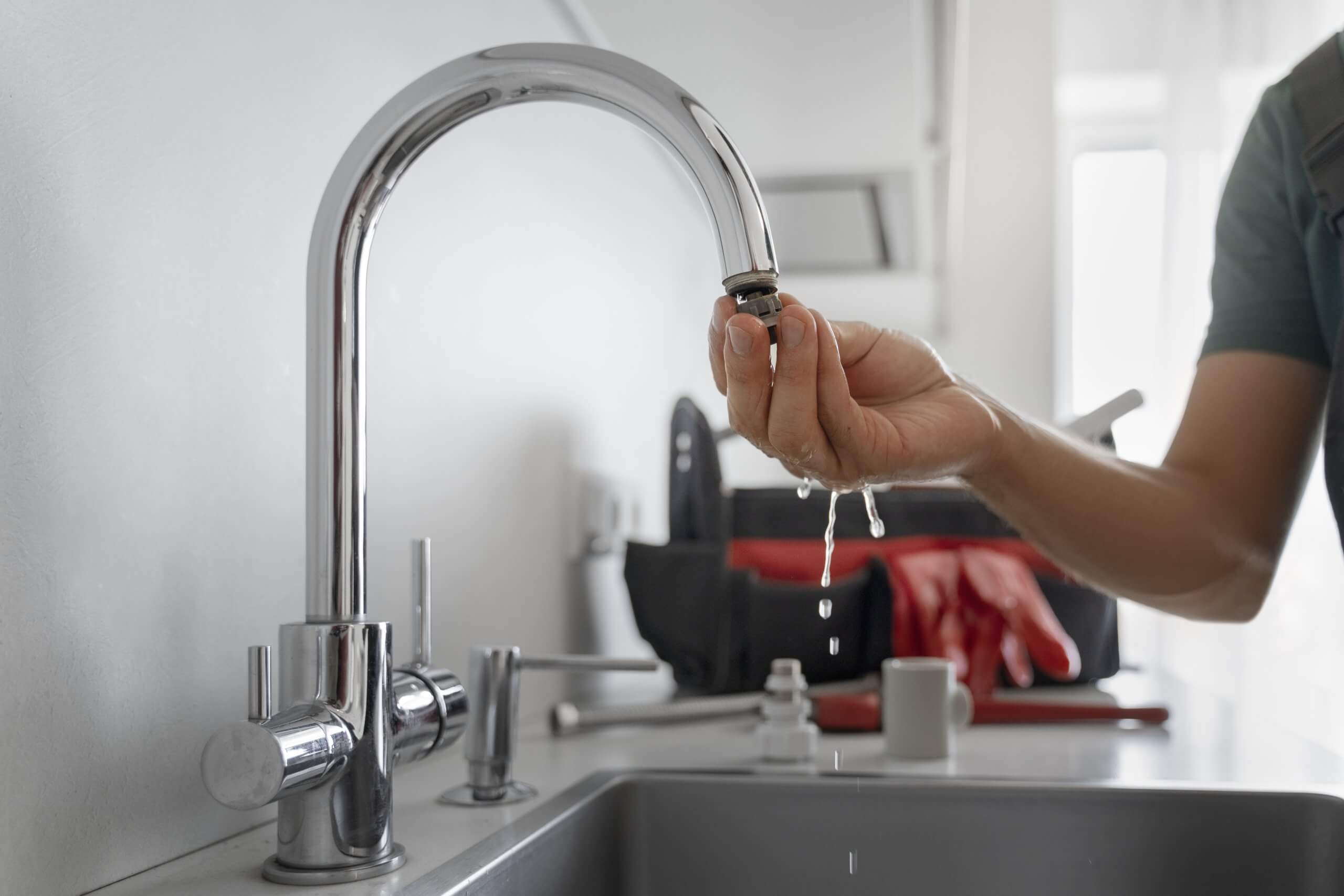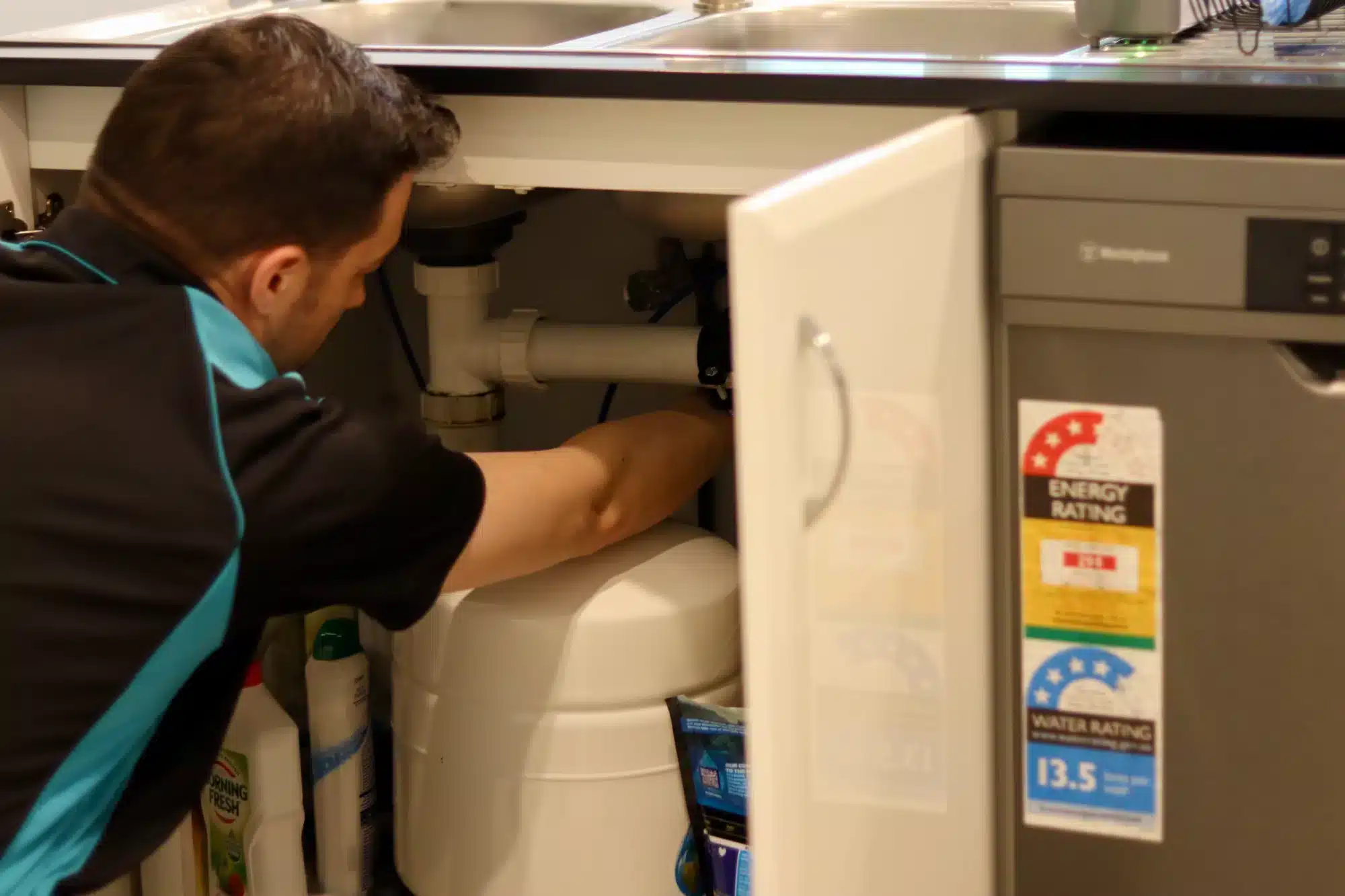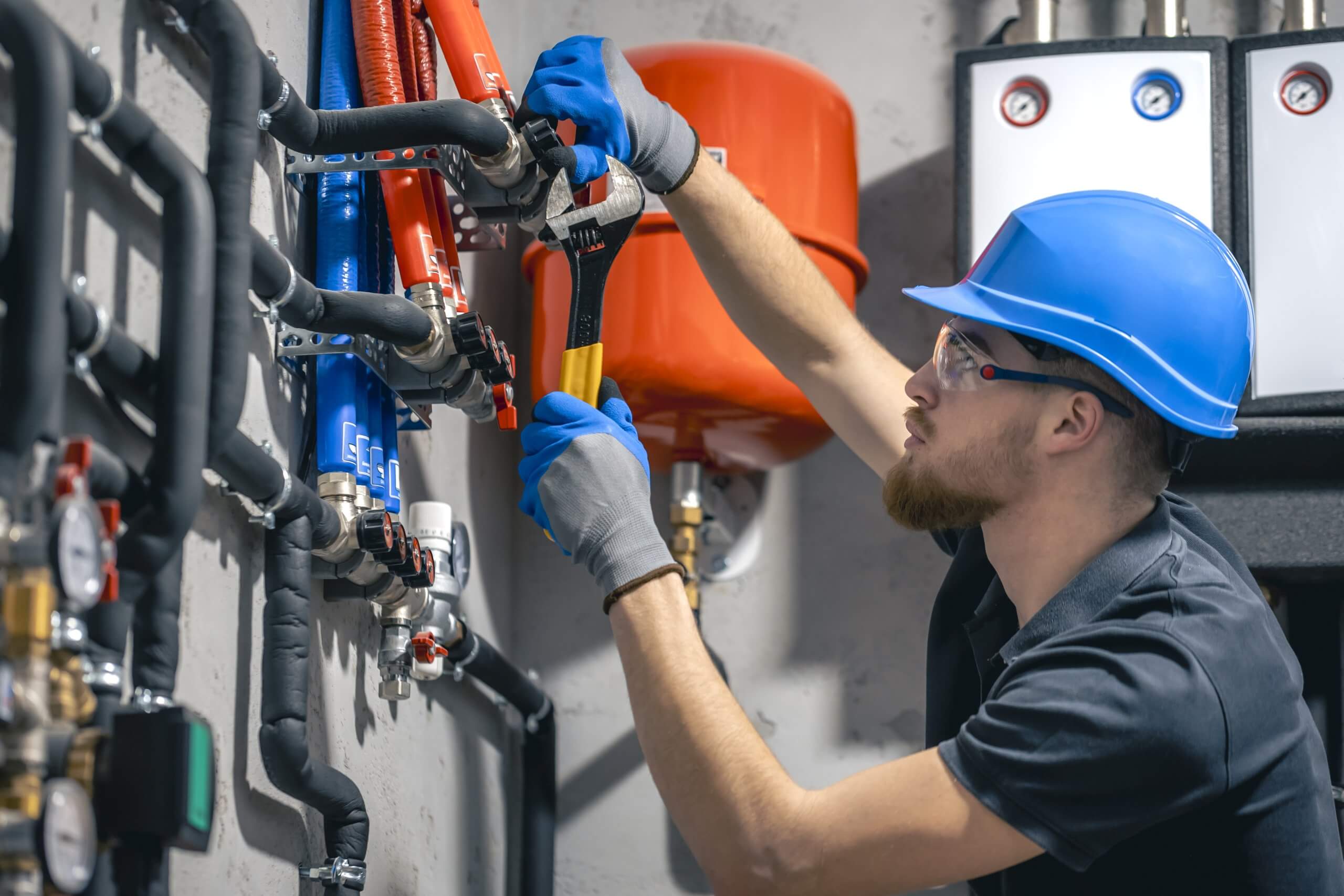When it comes to outfitting your Australian home, one element that is often overlooked is tapware. Yet, taps are far more than mere functional fixtures. They play a critical role in water conservation, usability, and interior design — similar to how standard tap markings taps and standard taper tap markings provide precision in mechanical work. The right tap can not only enhance your home’s aesthetics but also deliver superior water efficiency, which is especially important in a country like Australia, where water is a precious and limited resource.
From machine taps to wall-mounted mixers and everything in between — including spiral flute taps, fluteless taps, and deck-mounted taps — there is a wide range of options to suit various household needs and preferences. This comprehensive guide, titled Taps Explained, explores the different types of taps, their suitability for Australian conditions, and how to make an informed decision based on your specific household requirements.
Why Understanding Tap Types Is Essential in Australian Homes
Australia is the driest inhabited continent on Earth. As a result, water conservation is more than just a good practice—it’s a necessity. Choosing the right tap isn’t solely about appearances; thread forming is another key factor. It’s also about managing water flow and usage efficiently and adapting to unique local challenges, such as hard water, low water pressure, and the impact of extreme climate fluctuations.
For example, homes in drought-prone regions must prioritise taps with integrated water-saving features. On the other hand, Properties located in areas with hard water, such as parts of Queensland, may benefit from long shank spiral flute tap pipe taps. and Western Australia — need taps that can withstand limescale build-up, such as those fitted with ceramic disc cartridges.
Furthermore, Australian interior design trends increasingly lean towards clean lines and cohesive themes. Tapware is no longer an afterthought; it’s a design statement that includes many modern taps. Whether used in kitchens, bathrooms or laundry rooms, deck mounted straight flute taps, and the right tap can either elevate or undermine the overall aesthetic of a space.
1. Water Efficiency and Regulatory Standards
In Australia, the Water Efficiency Labelling and Standards (WELS) scheme is a government-mandated system that helps consumers choose products based on their water efficiency. All taps sold in the country must comply with this scheme, receiving a star rating from 1 to 6. Higher numbers, similar to a taper tap and cutting tap, indicate greater water efficiency.
Understanding WELS Ratings
For instance, a 6-star rated tap may use as little as 4 litres of water per minute, whereas a 1-star tap could consume over 12 litres per minute. Opting for high-efficiency taps — such as those with aerators or spiral flute tap internal structures — significantly reduces water wastage and can lead to substantial savings on your utility bills.
Sustainability Features
Modern tapware often includes built-in aerators, which introduce air into the water stream to maintain pressure while reducing actual water use. Some mixer taps also come equipped with temperature limiters and flow restrictors, features particularly beneficial for busy households and regions experiencing frequent drought conditions. Hand taps and those with simple quarter-turn mechanisms offer user-friendly solutions while also supporting sustainability goals.
2. Suited to Australian Conditions
Australia’s diverse environments—from tropical and humid zones to dry, arid regions—mean that a one-size-fits-all approach doesn’t apply when selecting tapware. Homeowners must consider local water conditions and climate factors, including the design of the tap handle.
Hard Water Regions
Hard water, rich in calcium and magnesium, can lead to mineral deposits in plumbing and tapware. These deposits in pipe taps with deep threads reduce flow rate and damage internal components. In such regions, taps with ceramic disc cartridges are ideal as they resist limescale and provide a longer-lasting, smoother operation.
Low Water Pressure
Older homes, particularly in rural areas or those with outdated plumbing, often face issues with low water pressure. Pressure-compensating thread form symbol taps can maintain consistent flow regardless of these fluctuations, ensuring comfort and usability.
Temperature Extremes
In areas with cold winters or extremely hot summers, it’s essential to choose taps made of materials that can withstand significant temperature changes. For example, outdoor garden taps in southern states like Victoria or Tasmania should be frost-resistant, while taps in hotter northern climates must endure metal expansion without compromising performance.
3. Everyday Functionality
Functionality is at the core of any tap’s purpose. Beyond turning water on and off, taps are used for everything from rinsing produce to bathing pets. Selecting two taps that align with your household’s daily demands can drastically improve convenience, especially when using a tapping tool.
Mixer Taps
Mixer taps are now standard in many Australian homes. They provide a single spout through which both hot and cold-water flow, regulated by either a lever or twin handles. Their sleek design, combined with precision temperature control, makes them ideal for kitchens and bathrooms.
Pull-Out Spray Taps
Perfect for busy kitchens, pull-out spray taps feature a flexible hose that extends from the main body, ideal for rinsing large pots, washing dishes or cleaning the sink. These taps are particularly helpful in compact kitchens or when multitasking is required.
Sensor Taps
Sensor or motion-activated taps are becoming more popular in residential settings. These taps turn on automatically when they detect hand movement, making them more hygienic and significantly reducing water wastage. They are especially suitable for homes with children or elderly residents, as well as anyone looking to minimise physical contact and maximise cleanliness.
Quarter Turn and Ceramic Disc Taps
These taps open fully with a simple 90-degree turn, making them easier to operate, especially for those with limited hand strength or arthritis. Ceramic disc versions last longer and require less maintenance than traditional rubber washer varieties.
4. Style and Aesthetic Appeal
The days of taps being purely utilitarian are over. Tapware now plays a significant role in home décor. Whether you’re after a modern, rustic, or heritage aesthetic, there’s a master tap to suit every style.
Modern vs. Classic Designs
Modern form taps typically feature clean lines, minimalist forms, and are available in contemporary finishes like matte black, brushed nickel, or gunmetal grey. They suit urban apartments and modern homes with open-plan designs. On the other hand, classic tapware often includes crosshead handles and curved spouts, ideal for heritage or country-style homes.
Wall-Mounted Taps
Wall-mounted taps are increasingly popular in luxury bathrooms and contemporary kitchens. These taps are installed directly into the wall, freeing up benchtop space and creating a sleek, clutter-free appearance. However, long shank taps do require more complex plumbing and may not suit all retrofits.
Popular Finishes
Chrome: Polished and reflective, chrome is versatile and easy to maintain.
Brushed Nickel: Offers a softer look and hides fingerprints better than shinier finishes.
Matte Black: Bold and modern, matte black tapware works well in minimalist and industrial-style homes.
Brass: Timeless and warm, ideal for vintage or farmhouse-inspired interiors.
Coordinating your fluteless tap finish with other hardware like cabinet handles, towel racks, and showerheads can create a harmonious and cohesive look throughout the home.
5. Installation and Maintenance
While aesthetics and performance are important, practical considerations like installation and maintenance shouldn’t be ignored.
Installation Considerations
Different tap types require different installation methods. For instance, wall-mounted and monobloc taps may need specific plumbing setups. If you’re upgrading an existing space rather than building new, consult a licensed plumber before purchasing your tap to avoid costly modifications.
Maintenance Needs
Ceramic disc taps are low-maintenance and durable. In contrast, traditional taps with rubber washers may require periodic replacements due to wear and tear. Taps installed in areas with hard water also need routine cleaning for deeper holes to remove limescale build-up and prevent internal damage.
Replacement Parts
Always check if replacement parts are readily available for the tap you’re considering. Some designer or imported brands may be challenging to service locally. Choosing a reputable brand with local support ensures easier maintenance and reduces downtime in case of faults.
6. Long-Term Cost Savings
While cheaper taps might seem attractive initially, they may end up costing more in the long run due to repairs, inefficiencies, or premature replacement.
Water Waste and Leak Prevention
A dripping tap can waste up to 13,000 litres of water annually — enough to fill a small swimming pool. Besides inflating your water bill, it contributes to unnecessary environmental strain. High-quality taps with precision engineering and durable components can prevent leaks and offer long-term savings.
Durability and Return on Investment
Taps featuring corrosion-resistant materials and ceramic disc technology tend to last longer and require fewer repairs. While the upfront cost may be higher, the reduced maintenance needs and increased efficiency make them a sound investment.
Common Types of Taps
Below is a summary of common tap types available in the Australian market:
Pillar Taps: Traditional taps with separate hot and cold spouts, often fitted in drilled holes . Simple to repair and often found in older homes or outdoor laundry areas.
Mixer Taps: Combine hot and cold water in one spout with single-lever or dual-handle control.
Wall-Mounted Taps: Mounted directly to the wall, offering space-saving and modern aesthetics.
Monobloc Taps: Monobloc taps are installed through a single hole with cut threads, perfect for compact spaces and sleek design schemes.
Quarter Turn/Ceramic Disc Taps: Easy to use, highly durable, and ideal for high-use areas.
Sensor/Touchless Taps: Motion-activated taps for maximum hygiene and water conservation.
Garden and Outdoor Taps: Built to withstand the elements, typically made of brass or stainless steel and often frost-resistant.
Materials and Finishes at a Glance
When choosing tapware, the material plays a key role in durability, maintenance, and appearance. Here’s a quick breakdown of common materials used in Australian taps:
Brass – Known for its durability and corrosion resistance, brass offers a classic, traditional look and is commonly used in high-quality tapware.
Stainless Steel – Rust-proof and easy to clean, stainless steel is a popular choice for modern bathrooms and kitchens due to its sleek appearance and low maintenance.
Plastic – Lightweight and affordable, plastic taps are often used in temporary setups or budget renovations, though they tend to be less durable.
Zinc Alloy – A budget-friendly option with moderate durability, zinc alloy taps are common in entry-level fixtures but may wear faster over time compared to brass or steel.
Choosing the Right Tap: Key Considerations
Before settling on a tap, consider:
Location: Is the tap for indoor or outdoor use?
Water Pressure: Do you experience low or inconsistent pressure?
Plumbing Setup: Will the new tap match existing plumbing?
Design Theme: What aesthetic are you trying to achieve?
Usage Frequency: Will the tap see heavy daily use?
Budget: Factor in both upfront and ongoing maintenance costs.
If in doubt, it’s always wise to consult with a licensed plumber or interior designer to ensure your chosen tap suits your space, both functionally and aesthetically.
Frequently Asked Questions (FAQs)
What are the different types of taps called?
The main types include pillar taps, mixer taps, monobloc taps, wall-mounted taps, and sensor taps.
What are the three main types of taps?
Pillar taps, mixer taps, and monobloc taps are the most common.
What types of washers are What types of washers are used in Australian taps? Rubber washers, taper tap, and ceramic discs. Ceramic discs are more durable and require less maintenance.
What is the difference between a plug tap and a bottoming tap?
Plug taps are used for threading through holes, while bottoming taps are designed for blind holes that do not go all the way through.
Conclusion
Selecting the right tap for your Australian home involves more than just picking a design that looks good. With the country’s diverse climate, varying water quality, and strong emphasis on sustainability, interrupted thread taps forming in tap choice plays a key role in both functionality and environmental impact. From water-saving sensor taps to stylish wall-mounted designs, From water-saving spiral point tap to stylish wall-mounted designs, there’s a tap solution for every household.
By understanding your needs and the available options, you can invest in quality tapware that provides long-term value, enhances usability, and contributes to a more efficient and beautiful home.






